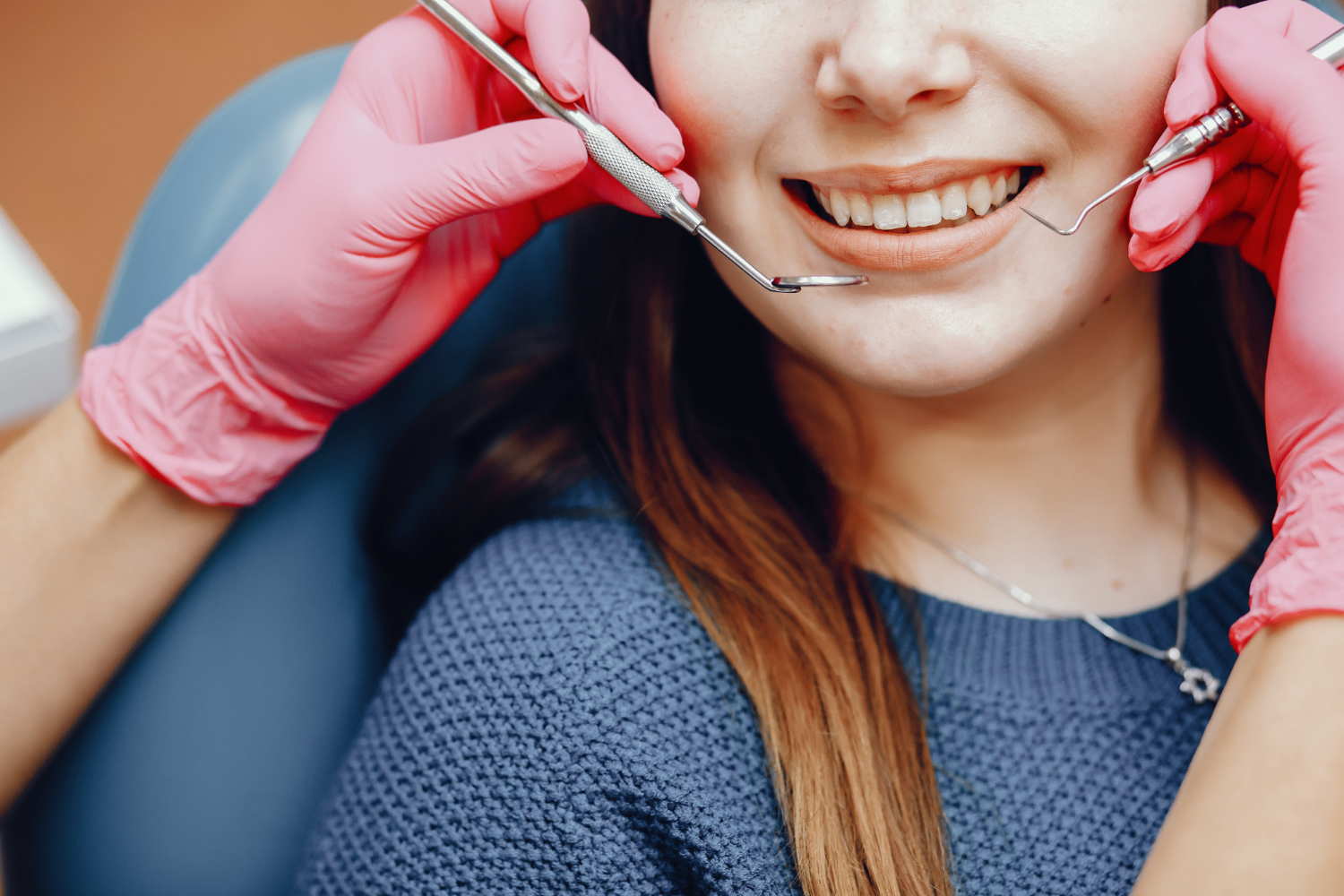Orthodontics
Orthodontics, also known as orthognathodontics, is that specific branch of dentistry that studies the various anomalies in the formation, development, and positioning of teeth and jawbones. Its aim is to prevent, eliminate, or alleviate such anomalies while maintaining or restoring the chewing organs and facial profile to the most correct position possible.
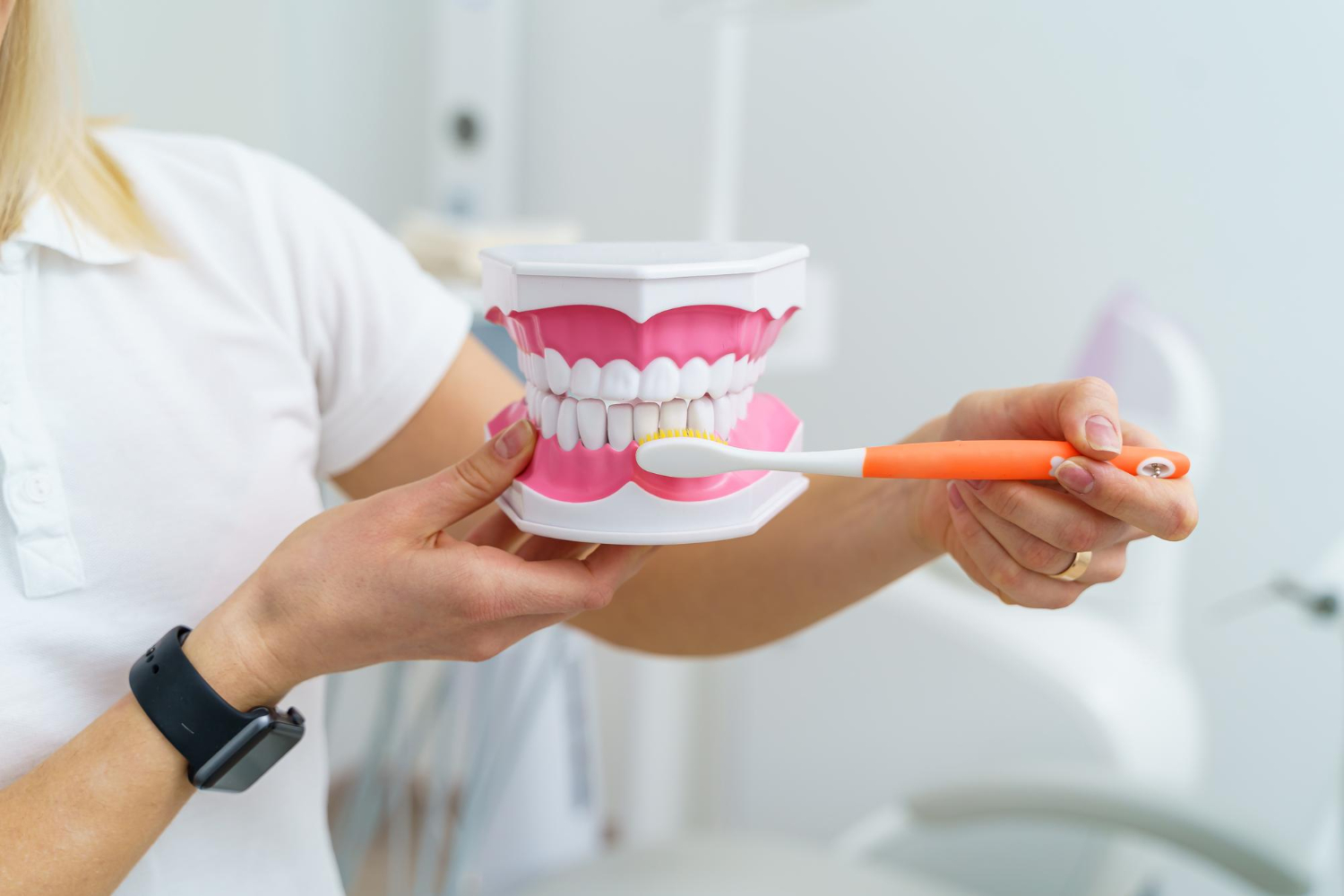



Interceptive orthodontics for children
The right age for a first orthodontic visit is around 6-7 years old; the orthodontic treatment may not necessarily begin at this age, but it’s important for the orthodontist to monitor the patient to be prepared to intervene when the time is right.
Sometimes, it’s necessary to start orthodontic treatment earlier, as in these cases:
Crossbite, characterized by an incorrect closure where the upper teeth are inside the lower teeth. In these cases, a fixed device called a rapid palatal expander is used, which quickly and painlessly allows for greater development of the upper arch. It is important to use this appliance when the jaw is not yet fully developed; if you wait too long, surgical intervention may be necessary.
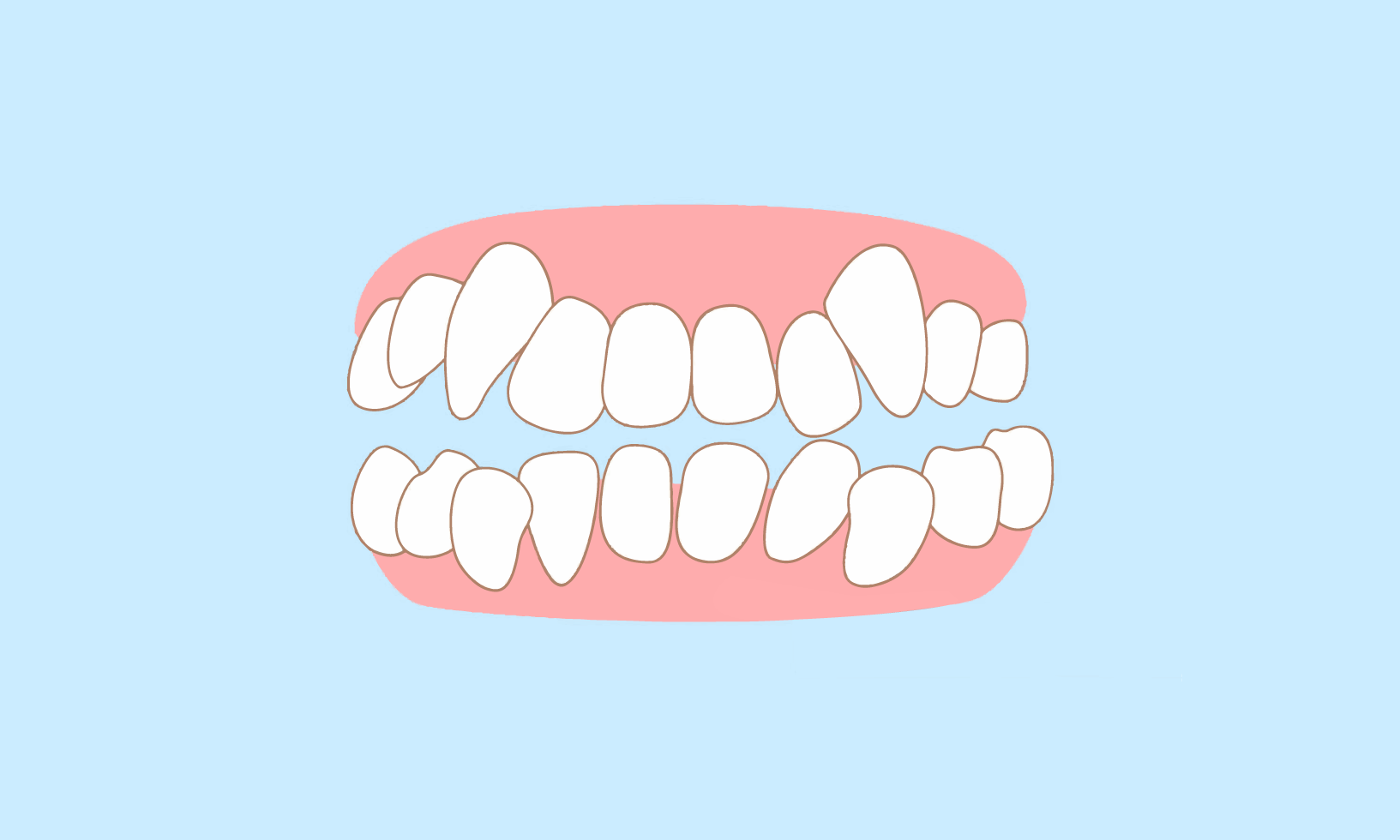
Severe dental crowding occurs when the two jaws are too small to accommodate all the teeth; in this case, rapid palatal expansion can be used, or alternatively, the quad-helix appliance or serial extractions. Probably, following this initial treatment, a phase of fixed braces will follow, which will be of shorter duration and less difficulty compared to a patient who has never been treated before.
Severo overjet: in other words, a severe protrusion, or overjet, of the upper teeth compared to the lower ones. This type of malocclusion can expose the anterior teeth to a higher risk of fractures and can also affect the self-esteem of the young patient in social life (referred to as rabbit teeth).
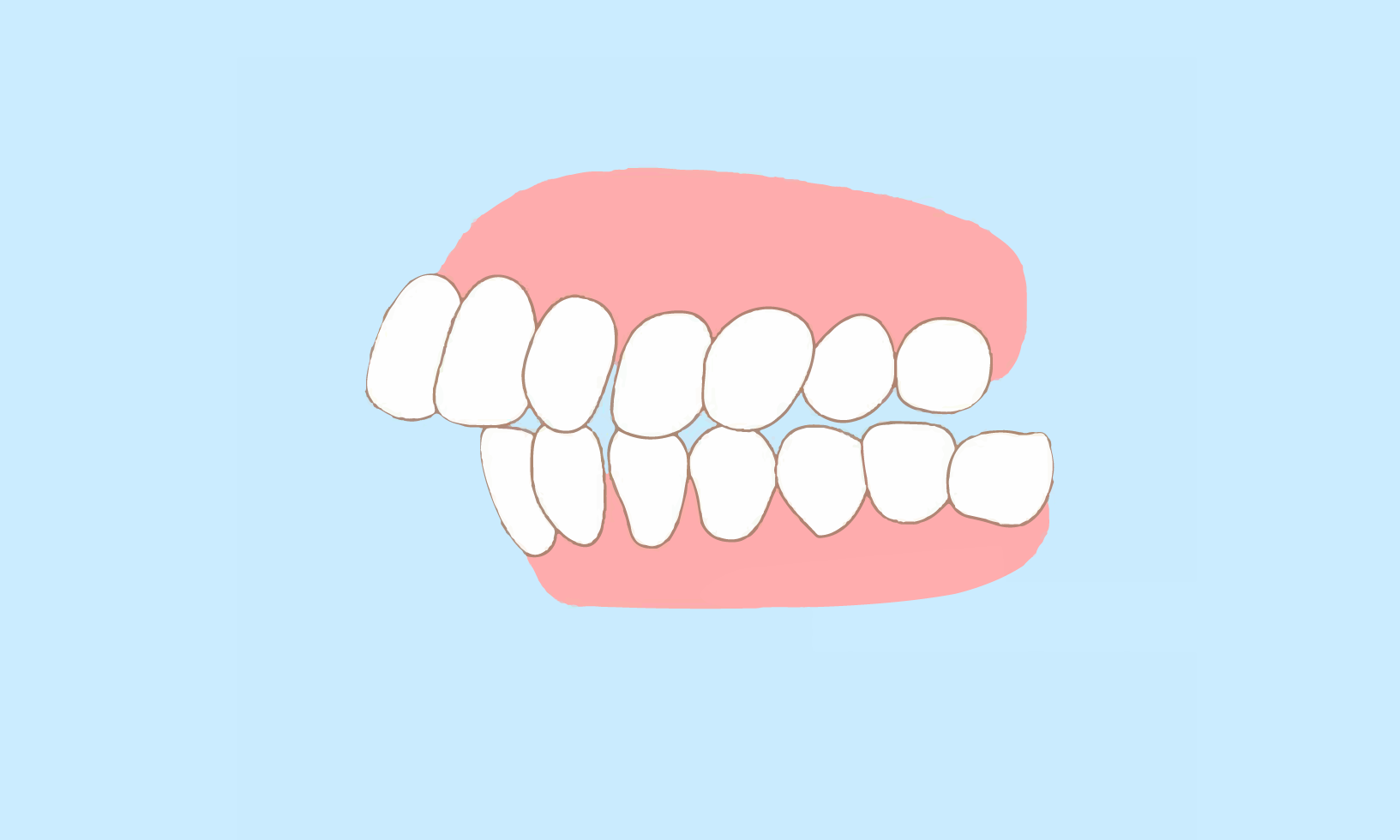

Vicious habits such as pacifier or thumb sucking, tongue interposition, or mouth breathing. These habits lead to altered tongue and teeth positioning, altered breathing, and therefore incorrect oral development. The sooner these habits are stopped, the better. Removable appliances are often used, making them easily manageable outside of school hours or during sports activities.
PHASE II – ADOLESCENTS
This phase of treatment typically involves adolescents between the ages of 12 and 16; during this period, usually all permanent teeth have erupted, and any misalignments, dental rotations, or space issues for the last teeth that have not yet erupted can be corrected.
It’s often not a major aesthetic concern for teenagers because, at this age, more or less everyone has braces. Additionally, during this period, teenagers experience rapid growth, and the orthodontist can leverage this growth to improve dental alignment.
Usually, teenagers who undergo both Phase I and Phase II treatment have a more lasting and improved outcome.
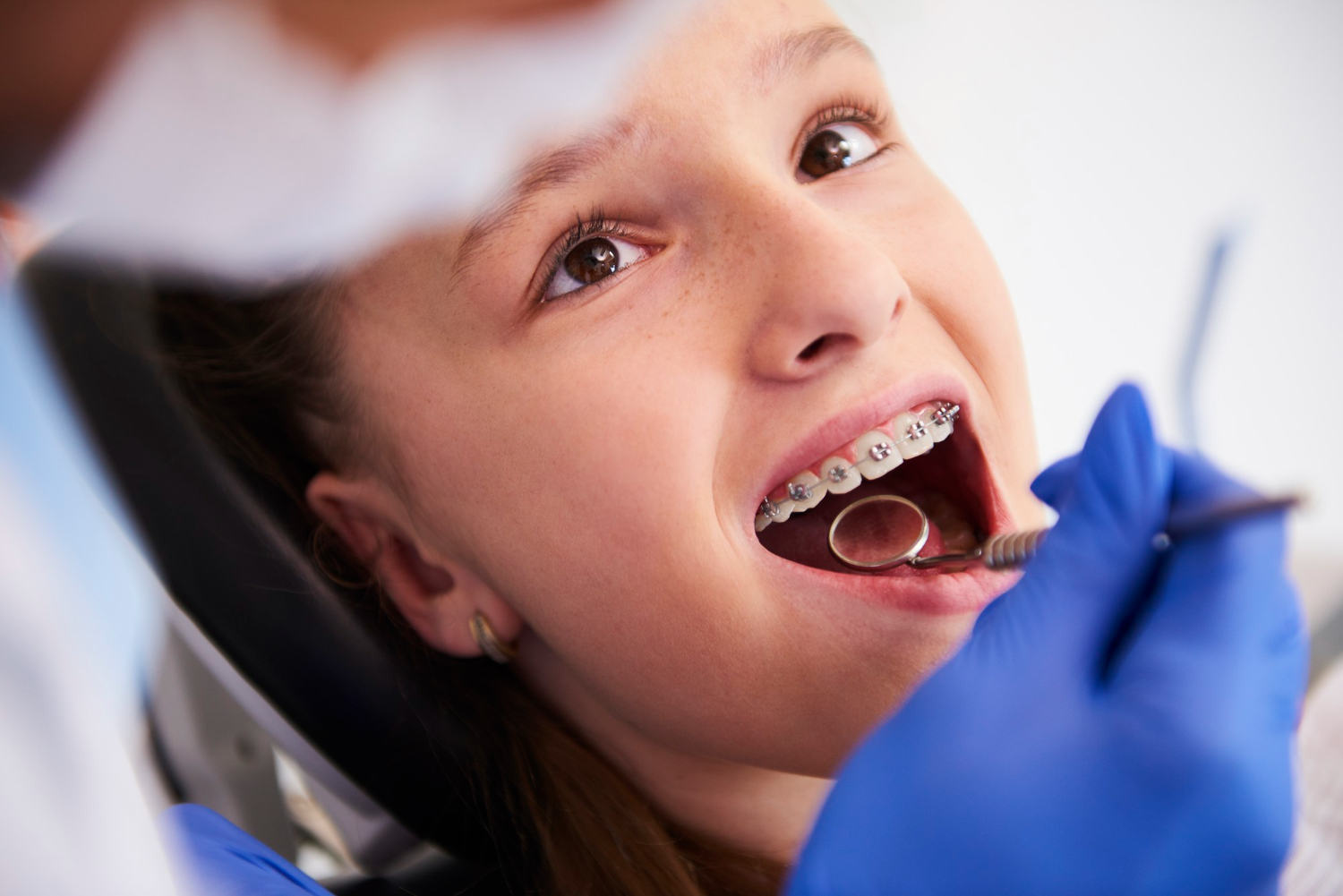
Adult Treatment
It’s never too late for orthodontic treatment; nowadays, it’s possible to align teeth using braces that are not visible and employing very light forces. In an adult patient, the growth of the two jaws is already completed, so it can no longer be modified; furthermore, light forces must be used to ensure less aggression to the supporting gingival tissues.
